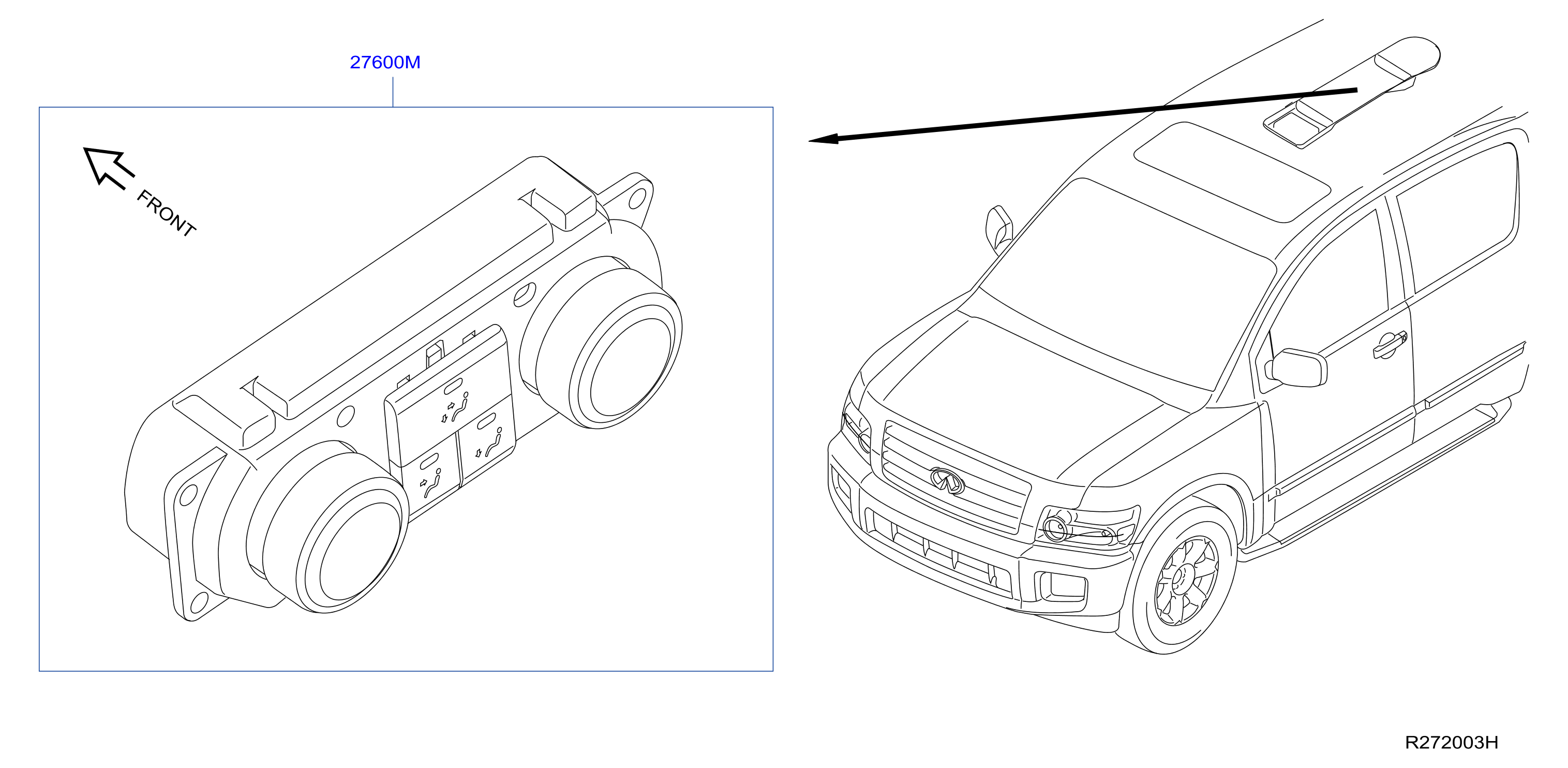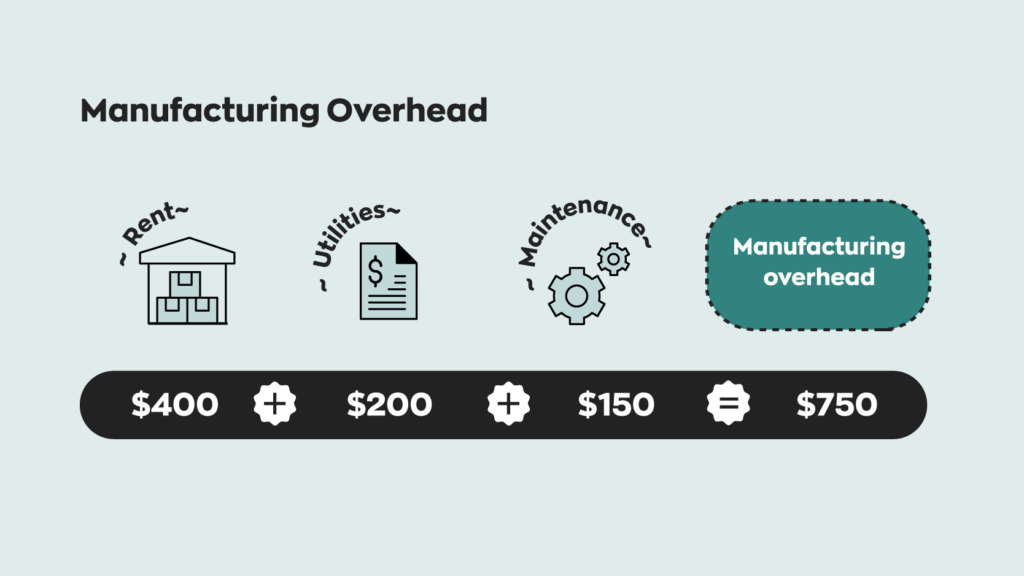
In general, it can often be specifically calculated as the sum of the types of variable costs discussed below. Variable costs may need to be allocated across goods if they are incurred in batches (i.e. 100 pounds of raw materials are purchased to manufacture 10,000 finished goods). Examples of variable costs are sales commissions, direct labor costs, free freelance independent contractor invoice template cost of raw materials used in production, and utility costs. Unit cost is important metric manufacturers use to measure the profitability of their products. Many factors can change the unit cost, including material prices and labor rates. Tracking these variables can provide valuable information to help you make better business decisions.

How to Calculate Unit Costs of Production?
Knowing the direct costs of producing each unit will help avoid underpricing that erodes profitability or may drive customers away. Variable costs are a direct input in the calculation of contribution margin, the amount of proceeds a company collects after using sale proceeds to cover variable costs. Every dollar of contribution margin goes directly to paying for fixed costs; once all fixed costs have been paid for, every dollar of contribution margin contributes to profit. There is also a category of costs that falls between fixed and variable costs, known as semi-variable costs (also known as semi-fixed costs or mixed costs).
Business
Monitoring cost per unit helps ensure competitiveness and sustainable financial health. A company that seeks to increase its profit by decreasing variable costs may need to cut down on fluctuating costs for raw materials, direct labor, and advertising. However, the cost cut should not affect product or service quality as this would have an adverse effect on sales. By reducing its variable costs, a business increases its gross profit margin or contribution margin. The breakeven point is the sales volume at which total revenue equals total costs, resulting in no profit or loss. It is calculated by dividing total fixed costs by the difference between the unit selling price and the unit variable cost.
Importance of Variable Cost Analysis
- Successful companies seek ways to improve the overall unit cost of their products by managing the fixed and variable costs.
- In this formula, “total cost” is the costs incurred in the production process, including direct costs like raw materials, direct labor, and overhead expenses.
- Knowing the direct costs of producing each unit will help avoid underpricing that erodes profitability or may drive customers away.
- Maintain a comprehensive record of all production, procurement, and operational costs.
The cost of a unit can change rapidly due to fluctuations in input prices, technological advancements, or shifts in market conditions. While the cost of unit analysis is a valuable tool for financial decision-making, it’s essential to recognize its limitations and challenges. Awareness of these constraints ensures you approach the analysis with a balanced perspective. Streamline processes, reduce waste, and explore technology-driven solutions to lower labor and time requirements. Monitoring changes in these costs over time allows you to evaluate the impact of process improvements and cost-reduction efforts in supply chain dynamics.
Indirect cost of unit
Some labor costs, however, will still be required even if no units are produced. Certain positions may be salaried whether output is 100,000 units or 0 units, such as an accountant or lawyer of the firm. For example, the total cost of a cement company is $30,000 to produce 10,000 units, the unit costs of production will be $3 each. Business D has the lowest unit costs, perhaps because it operates at higher output – potentially benefitting from economies of scale.
The marginal cost will take into account the total cost of production, including both fixed and variable costs. Since fixed costs are static, however, the weight of fixed costs will decline as production scales up. If companies ramp up production to meet demand, their variable costs will increase as well. If these costs increase at a rate that exceeds the profits generated from new units produced, it may not make sense to expand. A company in such a case will need to evaluate why it cannot achieve economies of scale.
Activity-based costing takes an activity-based approach that assigns costs more precisely and provides more accurate information for decision-making. A unit cost is a total expenditure incurred by a company to produce, store, and sell one unit of a particular product or service. Unit costs are synonymous with the cost of goods sold and cost of sales. Comparing the cost of a unit with sales revenue helps ascertain which products or services contribute the most to your bottom line. You can confidently make decisions about resource allocation and product mix. For example, if no units are produced, there will be no direct labor cost.
In short, fixed costs are more risky, generate a greater degree of leverage, and leave the company with greater upside potential. On the other hand, variable costs are safer, generate less leverage, and leave the company with a smaller upside potential. A variable cost is an expense that changes in proportion to how much a company produces or sells. Variable costs increase or decrease depending on a company’s production or sales volume—they rise as production increases and fall as production decreases.


